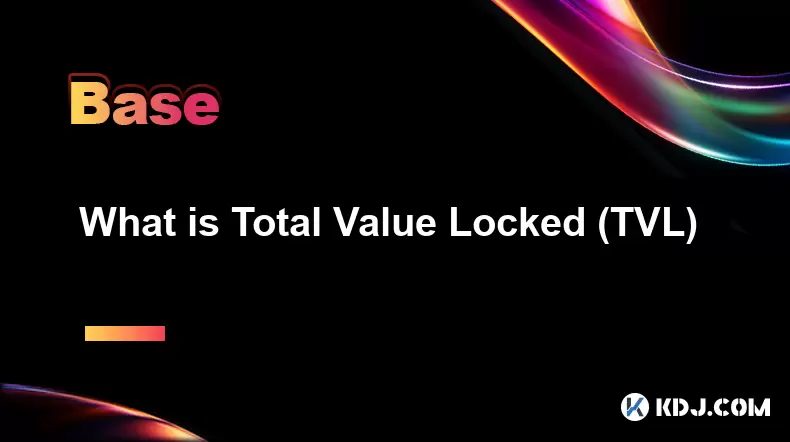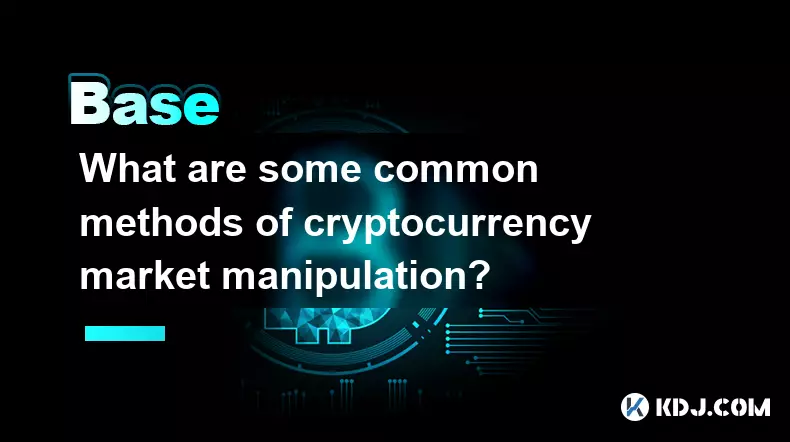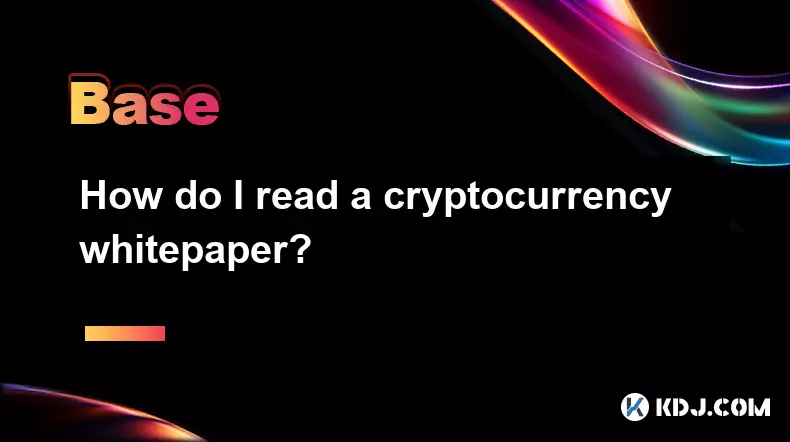-
 bitcoin
bitcoin $112195.049338 USD
2.42% -
 ethereum
ethereum $4124.915858 USD
2.81% -
 tether
tether $1.000570 USD
0.02% -
 xrp
xrp $2.861568 USD
2.25% -
 bnb
bnb $1000.346670 USD
3.04% -
 solana
solana $209.070819 USD
3.38% -
 usd-coin
usd-coin $0.999870 USD
0.02% -
 dogecoin
dogecoin $0.235379 USD
2.65% -
 tron
tron $0.335681 USD
-0.20% -
 cardano
cardano $0.803501 USD
3.38% -
 hyperliquid
hyperliquid $47.120881 USD
3.56% -
 chainlink
chainlink $21.501300 USD
3.44% -
 ethena-usde
ethena-usde $1.000571 USD
0.02% -
 avalanche
avalanche $29.793378 USD
3.62% -
 stellar
stellar $0.366964 USD
2.42%
What is Total Value Locked (TVL)
Total Value Locked (TVL) measures the liquidity in DeFi protocols, reflecting user trust and platform health.
Jul 18, 2025 at 10:00 pm

Understanding the Concept of Total Value Locked (TVL)
Total Value Locked (TVL) is a metric used primarily in decentralized finance (DeFi) to represent the total amount of assets deposited into a protocol. This value indicates the liquidity present within a platform and is often used as a benchmark to compare different DeFi protocols. TVL can be denominated in various cryptocurrencies, including stablecoins like USDT or USDC, or native tokens like ETH or BNB, depending on the blockchain and platform.
The significance of TVL lies in its ability to reflect user trust and engagement with a DeFi project. A rising TVL suggests increasing adoption and confidence, while a declining TVL may signal potential issues such as security concerns or reduced yield opportunities.
How TVL Is Calculated
To calculate TVL, you sum up all the assets deposited into smart contracts of a DeFi platform. These assets typically include:
- Stablecoins
- Native blockchain tokens
- Other fungible and non-fungible tokens (NFTs) if they are part of staking or liquidity pools
For example, if a decentralized exchange (DEX) has 10,000 ETH and 5 million USDC locked in its liquidity pools, the TVL would be calculated by converting these values into a single unit—usually USD—and adding them together.
It's important to note that some platforms might report TVL in different ways, either by including only certain asset types or by excluding specific pools. Therefore, users should always verify how a particular platform defines and calculates its TVL.
The Role of TVL in DeFi Analytics
TVL plays a crucial role in analyzing the health and growth of DeFi ecosystems. Investors and analysts use this metric to assess:
- Protocol popularity: Higher TVL often correlates with more users and capital inflows.
- Security perception: Protocols with substantial TVL are usually considered more secure due to the economic incentive to maintain trust.
- Yield farming interest: Projects offering competitive yields tend to attract higher deposits, increasing their TVL.
However, TVL alone should not be the sole deciding factor for investment decisions, as it does not account for other critical aspects like tokenomics, governance models, or underlying technology.
Differentiating TVL from Market Capitalization
While both TVL and market cap measure financial value, they serve entirely different purposes. Market capitalization refers to the total value of a cryptocurrency’s circulating supply, calculated by multiplying the current price by the number of coins in circulation.
In contrast, TVL measures the actual assets deposited into a protocol. It doesn't necessarily reflect the overall size of a project but rather how much liquidity users have committed to it. For instance, a DeFi token could have a high market cap but low TVL, suggesting speculative interest without real utility or usage.
This distinction helps investors differentiate between hype-driven projects and those with genuine user activity and capital commitment.
Limitations and Misinterpretations of TVL
Despite its usefulness, TVL has several limitations that users must consider before drawing conclusions:
- Inflation through incentives: Some platforms artificially inflate TVL by offering high yield rewards, encouraging short-term deposits.
- Double-counting: If funds move between multiple protocols or are re-deposited, they might be counted more than once.
- Volatility impact: Since TVL is often measured in USD, price fluctuations of underlying assets can distort the true deposit trends.
These factors mean that TVL should be analyzed alongside other metrics such as user growth, transaction volume, and revenue generation to get a clearer picture of a protocol's performance.
FAQs
Q: Can TVL be manipulated?Yes, TVL can be manipulated through techniques like wash trading or incentivized deposits where users temporarily lock funds to claim rewards and then withdraw them shortly after.
Q: Why do some DeFi platforms show TVL in ETH instead of USD?Displaying TVL in ETH provides a more stable representation over time, especially during periods of high USD volatility. It allows users to see the actual crypto asset accumulation without fiat price distortions.
Q: Does a higher TVL always mean a better DeFi project?Not necessarily. While a higher TVL indicates user trust, it doesn’t guarantee long-term viability or sound fundamentals. Other metrics like fees generated, active users, and governance participation should also be considered.
Q: How often is TVL updated on DeFi dashboards?Most DeFi analytics platforms update TVL in real-time or near real-time, pulling data directly from blockchain explorers and smart contract interactions.
Disclaimer:info@kdj.com
The information provided is not trading advice. kdj.com does not assume any responsibility for any investments made based on the information provided in this article. Cryptocurrencies are highly volatile and it is highly recommended that you invest with caution after thorough research!
If you believe that the content used on this website infringes your copyright, please contact us immediately (info@kdj.com) and we will delete it promptly.
- Solana: Institutions' Growing Confidence Signals a Bullish Future
- 2025-09-29 17:05:16
- PumpFun (PUMP) Price in October: Will the Memecoin Momentum Continue?
- 2025-09-29 16:25:14
- Cloud Mining, High-Yield Contracts, and Market Volatility: A New Yorker's Take
- 2025-09-29 17:05:16
- Royal Mint Error Coins: What's the Sell Price?
- 2025-09-29 16:25:14
- BABY Token Inflation and Co-Staking: A New Era for Babylon
- 2025-09-29 17:10:01
- Dogecoin, ETFs, and Memecoins: Navigating the Hype in the Wild World of Crypto
- 2025-09-29 17:10:01
Related knowledge

What are some common methods of cryptocurrency market manipulation?
Sep 27,2025 at 02:55am
Wash Trading and Its Impact on Market Perception1. Wash trading involves an individual or entity simultaneously buying and selling the same cryptocurr...

How do I read a cryptocurrency whitepaper?
Sep 27,2025 at 05:54am
Understanding the Structure of a Cryptocurrency Whitepaper1. Begin by identifying the executive summary, which outlines the project’s core vision and ...

Can I recover lost cryptocurrency?
Sep 25,2025 at 08:18am
Understanding the Nature of Cryptocurrency Loss1. Cryptocurrency operates on decentralized networks, meaning there is no central authority to reverse ...

How do I choose a cryptocurrency investment strategy?
Sep 27,2025 at 03:55pm
Understanding Risk Tolerance in Crypto Investing1. Assessing personal risk tolerance is a foundational step when entering the cryptocurrency market. V...

How can I earn passive income from cryptocurrency?
Sep 23,2025 at 10:18am
Staking Cryptocurrencies for Regular Returns1. Many blockchain networks operate on a proof-of-stake (PoS) consensus mechanism, allowing users to earn ...

How can cryptocurrency be used for cross-border payments?
Sep 28,2025 at 01:36am
Efficiency in International Transactions1. Cryptocurrency enables near-instant settlement across borders without relying on traditional banking interm...

What are some common methods of cryptocurrency market manipulation?
Sep 27,2025 at 02:55am
Wash Trading and Its Impact on Market Perception1. Wash trading involves an individual or entity simultaneously buying and selling the same cryptocurr...

How do I read a cryptocurrency whitepaper?
Sep 27,2025 at 05:54am
Understanding the Structure of a Cryptocurrency Whitepaper1. Begin by identifying the executive summary, which outlines the project’s core vision and ...

Can I recover lost cryptocurrency?
Sep 25,2025 at 08:18am
Understanding the Nature of Cryptocurrency Loss1. Cryptocurrency operates on decentralized networks, meaning there is no central authority to reverse ...

How do I choose a cryptocurrency investment strategy?
Sep 27,2025 at 03:55pm
Understanding Risk Tolerance in Crypto Investing1. Assessing personal risk tolerance is a foundational step when entering the cryptocurrency market. V...

How can I earn passive income from cryptocurrency?
Sep 23,2025 at 10:18am
Staking Cryptocurrencies for Regular Returns1. Many blockchain networks operate on a proof-of-stake (PoS) consensus mechanism, allowing users to earn ...

How can cryptocurrency be used for cross-border payments?
Sep 28,2025 at 01:36am
Efficiency in International Transactions1. Cryptocurrency enables near-instant settlement across borders without relying on traditional banking interm...
See all articles










































































